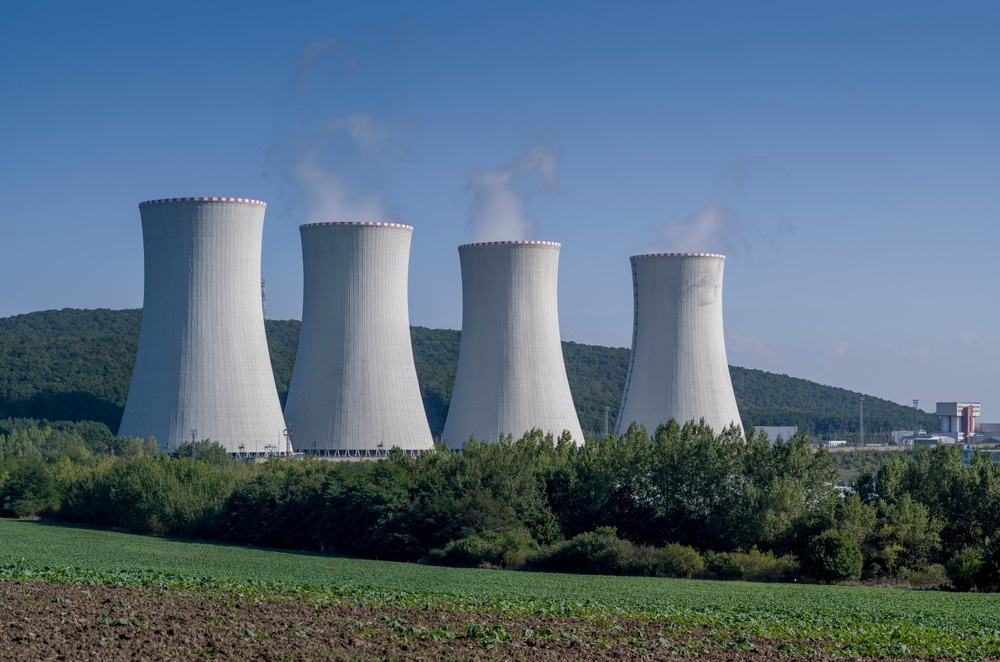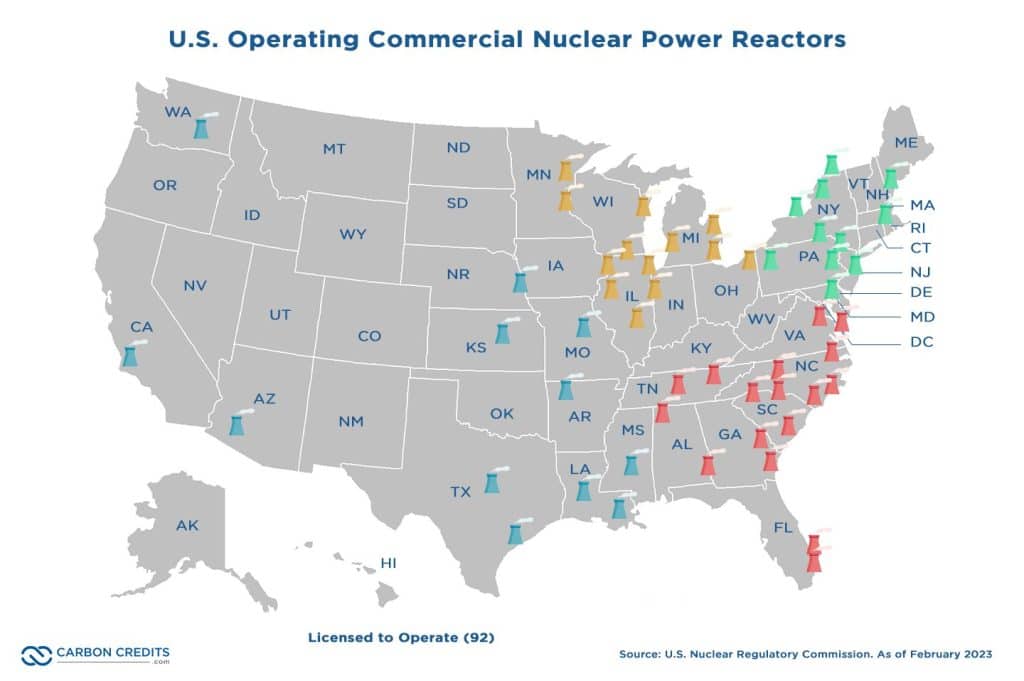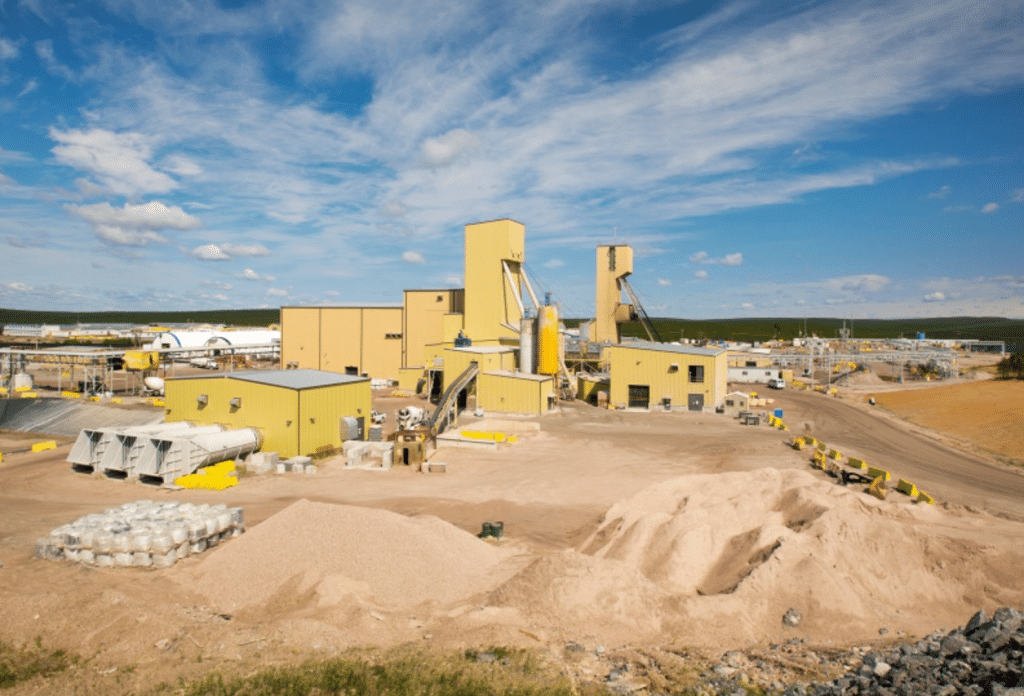The goal of reaching net zero emissions by 2050 is widely recognized, but the path to get there is complex. With rising electricity demand driven by data centers, electric vehicles, and cleaner industrial processes, we need reliable, carbon-free power.
The U.S. Department of Energy (DOE) predicts that an additional 200 GW of nuclear capacity will be required by 2050 to meet this demand. Fortunately, a significant portion of this capacity could come from an unexpected but familiar source—existing and retired nuclear plant sites.
Tapping Into Existing Nuclear Power Infrastructure
A new DOE report suggests that 60 to 95 GW of new nuclear capacity could be added by using sites of 54 operational and 11 recently retired nuclear plants across 31 states.
By examining each site’s footprint, cooling water availability, seismic risks, and proximity to population centers, the DOE’s researchers found that these locations hold great potential for future reactor deployment.
The Grand Gulf Nuclear Station in Port Gibson, Mississippi, has the largest U.S. nuclear reactor. With a net summer electricity generation capacity of about 1,400 MW.
*** The US has 93 operating commercial nuclear reactors at 54 nuclear power plants in 28 states. The Grand Gulf Nuclear Station in Port Gibson, Mississippi, is the largest nuclear reactor in the United States.
The study’s analysis identified 41 operating and retired sites that have the space for large light-water reactors like the AP1000 reactors in Georgia. These sites could host up to 60 GW of new capacity.
Moreover, smaller advanced reactors with 600 MW capacity could raise that potential to 95 GW, offering a flexible solution to meet future energy needs.
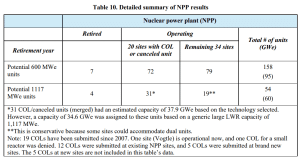
A MESSAGE FROM URANIUM ROYALTY CORP.
The Only Pure Play Uranium Royalty Company
Uranium Royalty Corp is the first company to apply the successful royalty and streaming business model exclusively to the uranium sector.
With interests in advanced, permitted and producing uranium projects, the company is well positioned as a capital provider to meet the growing need for uranium as fuel for carbon free, nuclear energy. Learn more about Uranium Royalty Corp’s portfolio of royalty assets and uranium holdings.
Discover their first mover pure-play uranium royalty exposure >>
NASDAQ: UROY | TSX: URC
*** This content was reviewed and approved by Uranium Royalty Corp. and is being disseminated on behalf of Uranium Royalty Corp. by CarbonCredits.com for commercial purposes. ***
Why Existing Sites Are Ideal for New Reactors
Building new reactors at existing or retired nuclear sites makes both economic and community sense. Many nearby residents already view nuclear energy as a positive presence, given its benefits. These include jobs with wages 30% higher than local averages and tax revenues that enhance schools and infrastructure.
Moreover, nuclear power plants are generally seen as “good neighbors,” which increases the likelihood of community support for new projects.
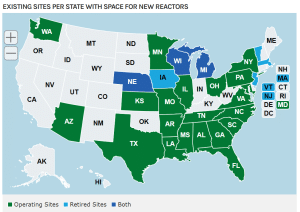
Regulatory Pathways to Speed Up Deployment
Another advantage of building at existing sites is that many have already engaged with the Nuclear Regulatory Commission (NRC) for additional reactors in the past. Although 17 reactors were planned but never built, these sites were thoroughly evaluated. Plus, eight of these sites even received construction and operating licenses (COLs). Leveraging these previous regulatory engagements could significantly speed up the licensing process, potentially saving both time and capital on future builds.
According to the report, 24 GW of clean energy could have been added through these planned reactors. By revisiting these sites and fast-tracking approval processes, the United States could accelerate the deployment of much-needed clean energy infrastructure.
Expanding Nuclear Capacity Beyond Existing Sites
The DOE report also explored another promising avenue for expansion—building nuclear power plants near coal power plant (CPP) sites. These locations offer another 128 to 174 GW of nuclear capacity potential, depending on reactor type. This potential capacity represents replacement power for existing/recently retired coal power plants to lower carbon emissions.
Transitioning from coal to nuclear at these sites could bring substantial economic and environmental benefits by leveraging the existing workforce and infrastructure in these energy communities.
The analysis of the 145 CPP sites suitable for nuclear development produced the following data for potential siting:
- 79% could site a large 1,117 MWe LWR (light-water reactor)
- 94% could site a large 1,000 MWe LWR
- 100% could site a generic 600 MWe reactor technology
The Road Ahead for Nuclear Power
While the findings from the DOE’s report are encouraging, it’s important to recognize that they are preliminary. A great deal of collaboration will be required between utilities, communities, and policymakers to determine the viability of building new reactors.
One of the most significant barriers to deployment will be capital costs, which have historically been a challenge for nuclear energy projects.
To address this, the DOE has developed a new tool aimed at quantifying capital cost reductions for new reactors. This tool will help stakeholders identify strategies to lower costs, making nuclear power a more feasible solution to meet future energy demands.
As the world works toward a net zero future, nuclear power has the potential to play a crucial role. By tapping into existing infrastructure, speeding up the licensing process, and exploring coal-to-nuclear transitions, the U.S. can significantly expand its clean energy capacity.
With the launch of new tools and ongoing research, the path forward for nuclear energy is becoming clearer. Stay updated for more updates on how nuclear power can help achieve the earth’s 2050 emissions goals.

